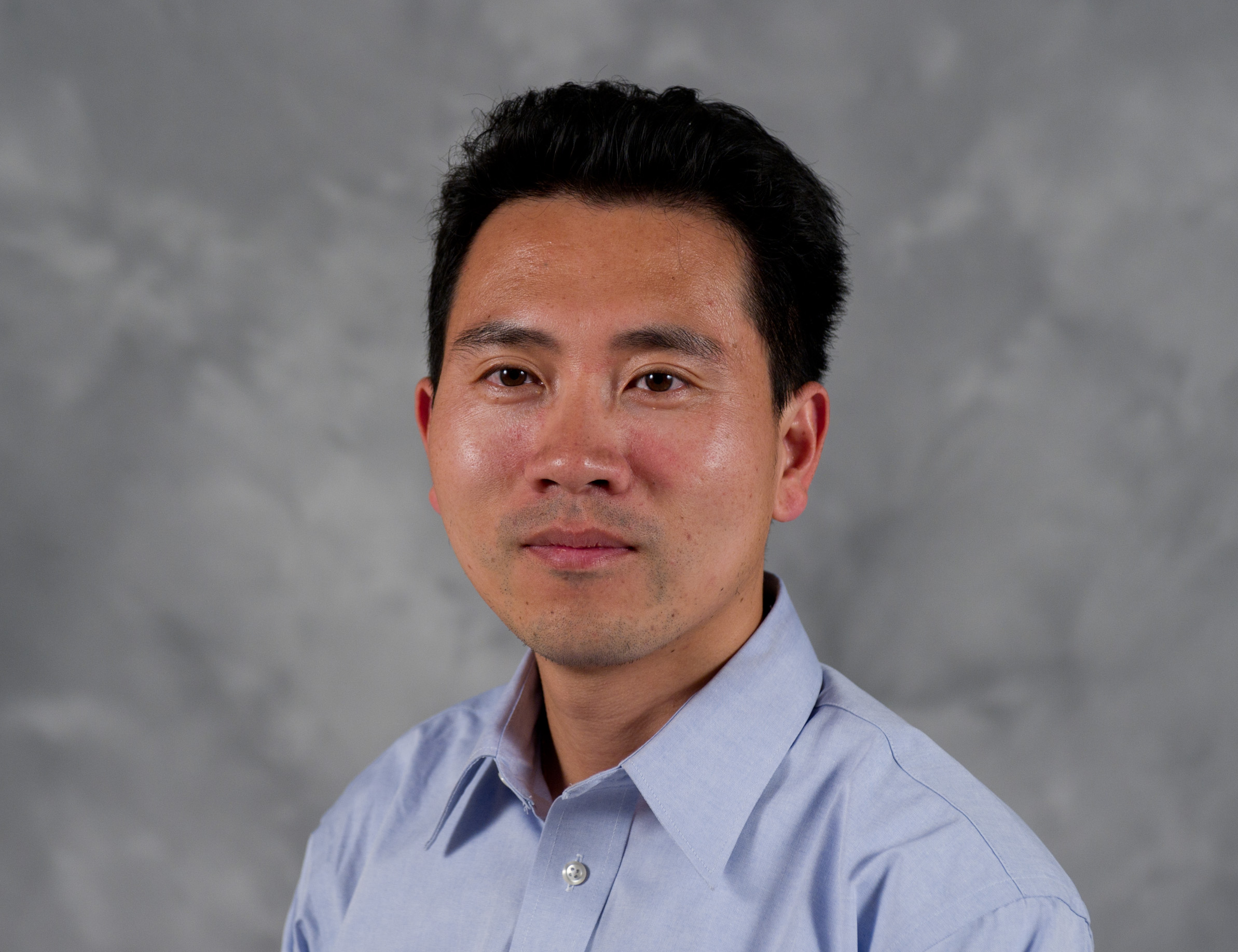"Hearing" the Explosions in North Korea

Zhigang Peng, assistant professor in the School of Earth and Atmospheric Sciences in the Tech's College of Sciences, was honored with Richter Early Career Award by the Seismological Society of America earlier this month.Photo: Jennifer Tyner/Georgia Tech
International experts are far from convinced that North Korea actually conducted its first H-bomb test, which was reported by the country this week. In the meantime, South Korea is blasting pop music, weather and news broadcasts and recorded criticisms of North Korea with loudspeakers on the border. Speaking of loudspeakers, turn up the volume on your computer because Associate Professor Zhigang Peng is allowing people to hear what the explosion (and its predecessors) sounded like when their signals rumbled through the ground. He explains how it works:
"Signals from the North Korean explosion were detected about 100 miles from the border at a seismological station in Mudanjiang, China. So we sped up the frequency 100 times faster than normal," Peng said. "That way the frequency is within the range that humans can hear. This is similar to how we fast-forwarded cassette players to hear higher pitch in the old days. Then we did the same for four other recent explosions from North Korea.
"Seismology alone cannot tell whether it was a hydrogen bomb or not. However, what we can tell from the existing data (either by visual display or the sounds) is that this week’s seismic events are actually slightly smaller than the 2013 event. The new event also appeared to be very similar to the previous events, suggesting that they occurred at nearby locations and were similar types of explosions."
Peng used the same process several years ago to listen to the 2011 Japan earthquake.